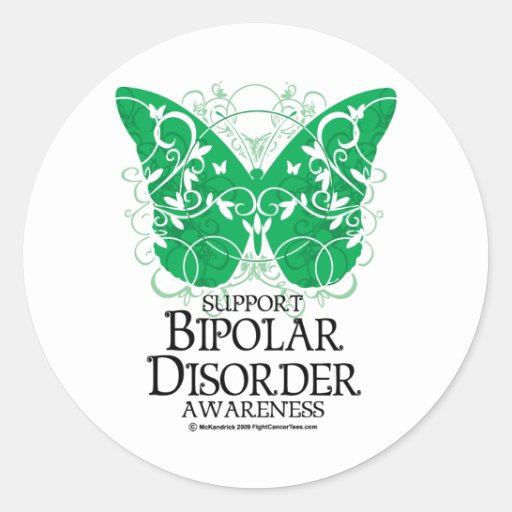For those of you who don’t know, I live in South Daytona, Florida, directly in the head-on path of category 4 Hurricane Matthew. Last night, I was forced to evacuate my home. My dad helped me try to quickly prepare my home as best as we could before fleeing for safety. Both time and funds were insufficient to board up my windows with plywood, but we were able to get the sandbags in front of the doors to help prevent flooding damage. I’m currently safe, staying with some family in The Villages, Florida, which is located in central Florida.
A total of 180 shelters have been opened. 23,000 people are in shelters now.
All of the bridges in St. Johns Counties are closed. All of the bridges in Flagler and Volusia counties are also closed.
Flagler County and Coastal Volusia Counties have gotten the worst of the hurricane so far with storm surges, flooding, and wind gusts of about 100 miles per hour.
There are a lot of downed trees, power lines, and .
Three people in Florida have lost their lives and this is the most updated information available. Two in Port St. Lucie and one in Volusia county: a woman died when a tree fell on her.
So far, there’s been two in Port St. Lucie and one in Volusia county. The Volusian woman died when a tree fell on her.
It’s still really bad in Daytona Beach and Daytona Beach Shores. I don’t know if my house is still standing, but I’m physically okay. Right now, our area doesn’t have any power. The majority of Volusia County does not have power right now.
More than One Million Households Are Without Power. Continue reading












